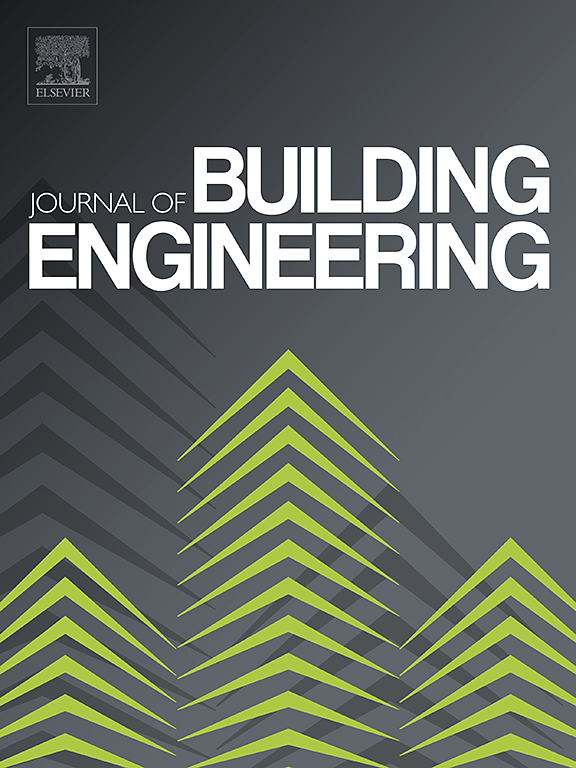Study of olive pomace bottom ashes as a sustainable alkaline activator in the syntesis of geopolymers
IF 6.7
2区 工程技术
Q1 CONSTRUCTION & BUILDING TECHNOLOGY
引用次数: 0
Abstract
The increase of the cogeneration industry in Spain due to the policies to promote sustainable energies has produced an accumulation of ash in landfills that cause an environmental impact. The research focuses on the re-use of olive pomace bottom ashes (OPBA), a kind of bottom biomass ashes (BBA), as a sustainable alkaline activator for the replacement of NaOH and partial replacement of Na求助全文
约1分钟内获得全文
求助全文
来源期刊

Journal of building engineering
Engineering-Civil and Structural Engineering
CiteScore
10.00
自引率
12.50%
发文量
1901
审稿时长
35 days
期刊介绍:
The Journal of Building Engineering is an interdisciplinary journal that covers all aspects of science and technology concerned with the whole life cycle of the built environment; from the design phase through to construction, operation, performance, maintenance and its deterioration.
 求助内容:
求助内容: 应助结果提醒方式:
应助结果提醒方式:


